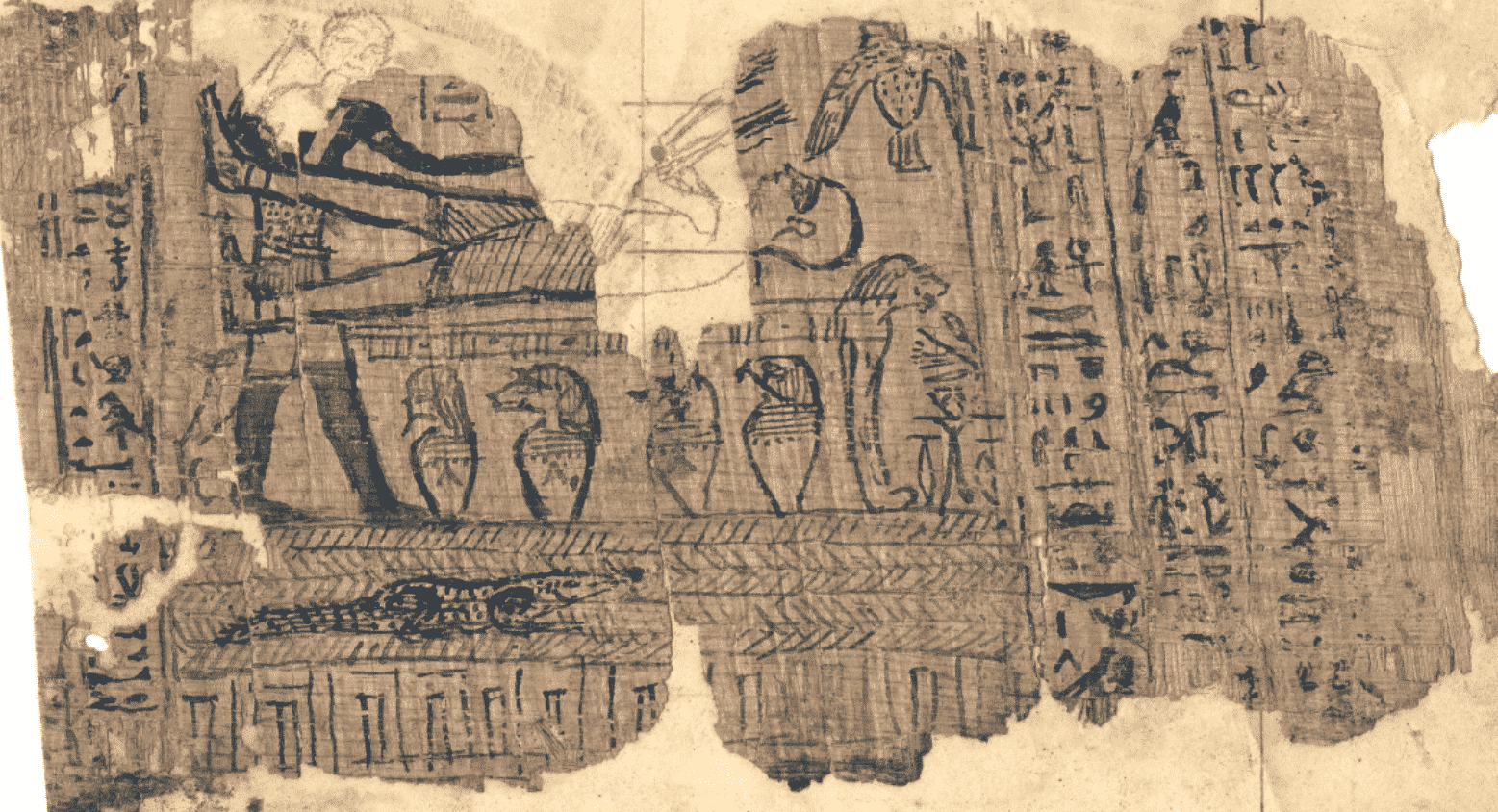

Are there big problems with the Book of Abraham?
The origin of the Book of Abraham ranks among the biggest problems for many who begin to question our faith.
From the beginning, the book was loved by the saints. It lays down, in quite a dramatic and beautiful way, some of the most distinctive doctrines of the restored gospel.
But it’s origins, it turns out, are quite murky. We don’t have most of the papyri that were in Joseph Smith’s possession during the translation process of Book of Abraham, but the ones we have show that Joseph’s “translation” bears scant resemblance to the papyri.
Many of the papyri acquired by Joseph from Michael Chandler in 1835 in Kirtland were eventually sold by the Smith Family after Joseph’s death and probably perished in the Chicago fire of 1871. Other fragments ended up in the Metropolitan Museum of New York and were eventually acquired by the church in 1967.
The church’s official position (as detailed in a very thoughtful gospel topics essay on the church’s website) acknowledges the possibility that what we have as the Book of Abraham may not have much to do with the Chandler papyri. Quoting from the church’s essay:
Joseph’s study of the papyri may have led to a revelation about key events and teachings in the life of Abraham, much as he had earlier received a revelation about the life of Moses while studying the Bible. This view assumes a broader definition of the words translator and translation.
According to this view, Joseph’s translation was not a literal rendering of the papyri as a conventional translation would be. Rather, the physical artifacts provided an occasion for meditation, reflection, and revelation. They catalyzed a process whereby God gave to Joseph Smith a revelation about the life of Abraham, even if that revelation did not directly correlate to the characters on the papyri of the papyri as a conventional translation would be. Rather, the physical artifacts provided an occasion for meditation, reflection, and revelation. They catalyzed a process whereby God gave to Joseph Smith a revelation about the life of Abraham, even if that revelation did not directly correlate to the characters on the papyri.
To a significant number scholars, this is the view of “translation” that seems most likely to have produced the Book of Abraham. But the issue is far from settled.
We have asked Terryl Givens to lead our exploration of this Big Question. Dr. Givens recently published an excellent book with Oxford University Press entitled The Pearl of Greatest Price: Mormonism’s Most Controversial Scripture.
He begins his exploration with this remarkable little essay, in which, among other things, he explodes common assumptions about scripture and about how God can reveal profound truth.
Then, Givens sits down with one of our faith’s most accomplished scholars on the subject, Dr. Kerry Muhlestein, for a deeper exploration of the topic in this conversation.